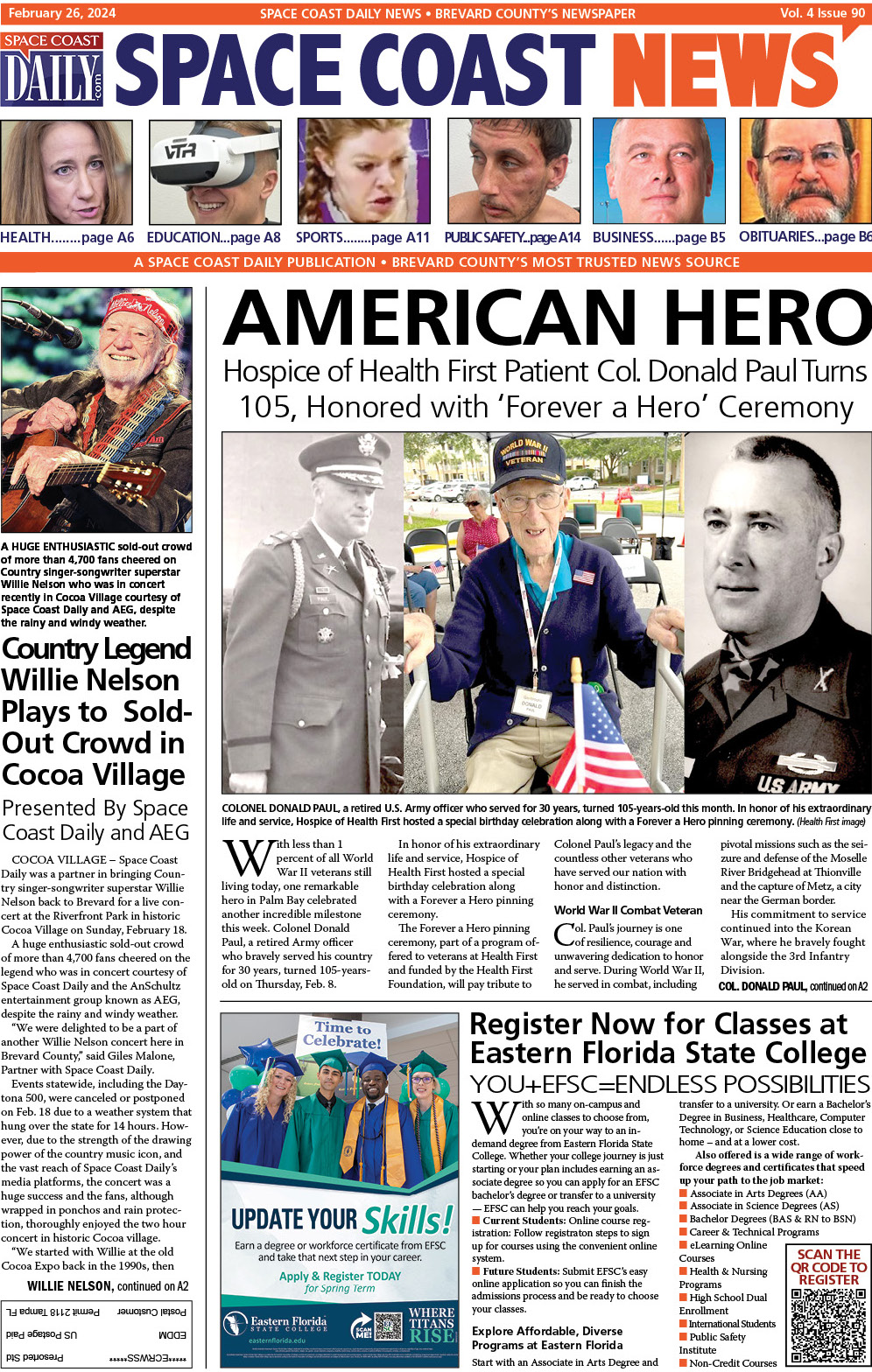Harnessing the Power of Technology for Enhanced Learning
By Space Coast Daily // March 2, 2023

Technology has revolutionized the way we learn and teach, including train-the-trainer programs, allowing us to access a wealth of learning materials, interact with experts across the world, and explore new educational possibilities.
In recent years, one of the most popular technologies for enhancing education has been Quizplus – a powerful online learning platform that offers a wide range of study tools and resources to help students master new subjects and skills. In this comprehensive guide, we’ll take a deep dive into how teachers and students can use Quizplus and other technologies to enhance their learning experiences, improve academic performance, and stay ahead in an increasingly competitive educational landscape.
Using Technology to Personalize Learning
Technology has the potential to revolutionize traditional classroom learning by enabling personalized educational experiences. With the help of advanced analytics and machine learning algorithms, technology can be used to personalize a student’s educational experience by providing tailored feedback and resources. This could manifest in the form of online textbook solutions that provide response-specific guidance or digital learning tools that offer a curated selection of content based on a student’s interests, abilities, or goals.
Moreover, personalized learning can increase motivation and engagement in students by providing a more meaningful learning experience. Utilizing technology for personalized learning experiences is key for optimizing learning outcomes and ensuring that students can develop at their own pace and in their own unique way. With personalized learning, students can achieve their full potential and acquire the skills and knowledge necessary for success in their academic and professional lives.
Utilizing Online Tools and Resources
In the modern era, technology has become an essential instrument for educators seeking to improve their teaching techniques. Employing digital tools and resources is a potent approach to leveraging technology in the classroom. For instance, teachers can offer students digital learning materials, such as the interactive flashcards available on Quizplus, which may be challenging or impracticable to demonstrate in a conventional classroom setting. This strategy can elevate student engagement and make the learning experience more immersive and pleasant.
Additionally, teachers can leverage online tools like virtual whiteboards, blogs and wikis, and cloud-based collaboration tools for an enhanced learning experience. Virtual whiteboards, for example, allow students and teachers to collaborate on ideas and concepts in real-time, making it easier to share and communicate ideas. With these online tools and resources, teachers can create an engaging and interactive learning environment that meets the needs of their students and prepares them for success in the digital age.
Capturing Student Engagement with Technology
In today’s technology-driven world, educators have access to a vast array of digital tools that can be leveraged to create engaging and immersive learning experiences for their students. With the right tools, teachers can create an environment that fosters active participation and increases engagement in the classroom. For instance, virtual instructional support can help to keep students engaged and focused, by providing cognitive support that encourages students to ask questions and get most out of the material.
Moreover, an online collaboration tool such as interactive quizzes are available – providing teachers with a great range of activities to capture student engagement and make learning fun! By integrating these tools and resources into their lesson plans, educators can create a dynamic and interactive learning environment that caters to the diverse needs of their students. This can result in higher levels of engagement and improved academic performance, as students become more motivated and invested in their learning.
Investing in Cutting-Edge Immersive Technologies
Immersive technologies, such as augmented and virtual reality, have the potential to revolutionize traditional learning environments. They offer a new dynamic that allows students to be taken out of their current reality and placed into a simulated experience that enables them to explore, engage, and learn in ways never before possible. With virtual field trips and interactive simulations, students can better understand key historical events or experience what they are learning on an individual level. For instance, science students can explore complex subjects such as molecular structures, while history students can experience the thrill of being at the forefront of significant historical events.
Augmented reality can also be used to create interactive visual aids overlaid on textbooks or other educational materials for a better understanding of concepts. This can help students to visualize and interact with complex ideas in a way that was previously impossible with traditional teaching methods.
The use of immersive technologies can also foster creativity and collaboration among students as they work together to explore and create within virtual environments. By incorporating these technologies into the classroom, educators can create a more engaging and interactive learning experience, and provide their students with a whole new level of understanding and knowledge.
Leveraging Video Conferencing to Connect Learning Communities
Video conferencing technology has revolutionized the way in which students can learn and engage with the world around them. This technology has opened up a whole new world of possibilities for distance learning and knowledge-sharing, allowing students to connect with experts from different fields, and engage with individuals from diverse cultures without having to leave their homes.
The use of video conferencing technology in lectures and conferences also enables participants from multiple countries to connect virtually in real-time.
This has the potential to enhance the learning experience for students, providing opportunities for collaboration among learners who do not have access to traditional face-to-face learning environments. As such, the use of video conferencing technology has become an essential tool for educators seeking to create a truly inclusive and global learning experience for their students.












